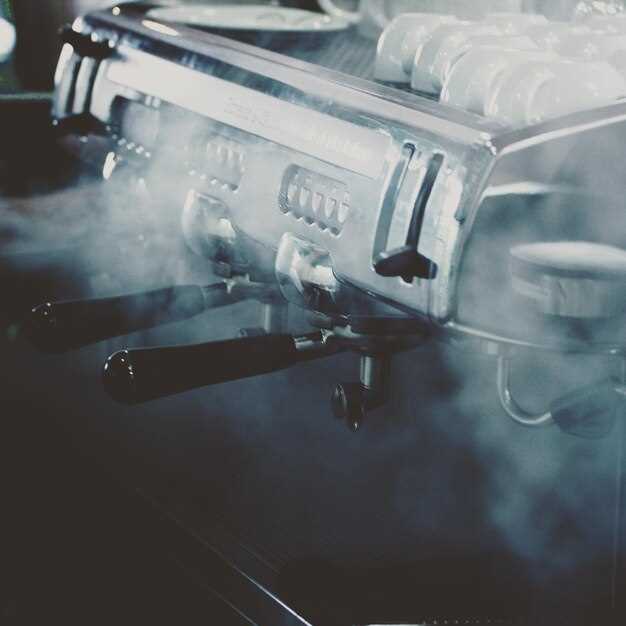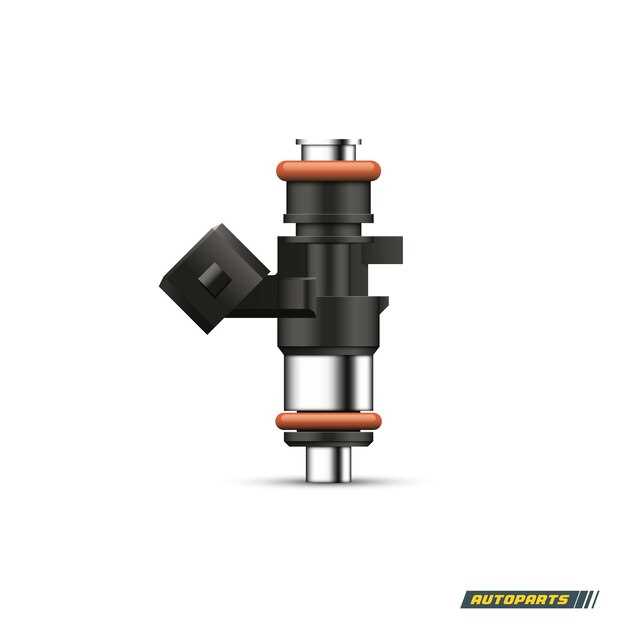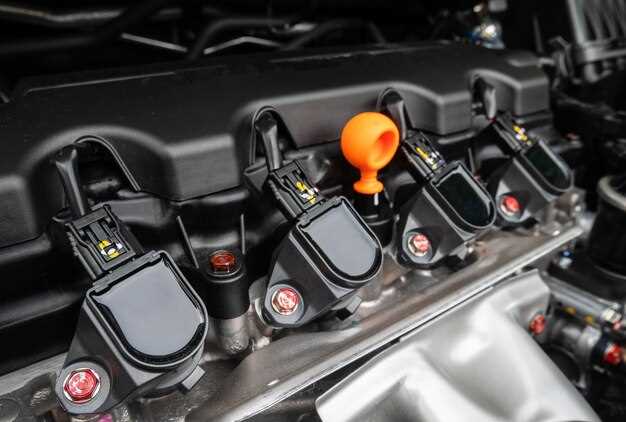
The quest for maximizing power in automotive engines has led to numerous technological advancements, one of which is the utilization of high-flow fuel injectors. These components play a crucial role in determining how effectively an engine can convert fuel into usable energy. With the right fuel delivery, an engine can achieve optimal combustion, resulting in an increase in overall performance.
High-flow fuel injectors are designed to deliver a greater volume of fuel compared to standard injectors. By allowing more fuel to enter the combustion chamber, these injectors enable enhanced airflow and combustion efficiency. The synergy between increased fuel supply and air intake can lead to significant improvements in horsepower and torque, making them a popular choice among performance enthusiasts and automotive engineers alike.
Moreover, the impact of high-flow fuel injectors extends beyond mere numerical gains in power. They facilitate better tuning capabilities, allowing for precise adjustments to the fuel-to-air ratio. This precision is essential for achieving an optimal balance, which can improve throttle response and overall engine dynamics. Therefore, understanding the role of high-flow fuel injectors is vital for anyone looking to elevate their engine’s performance to new heights.
Choosing the Right High-Flow Fuel Injectors for Specific Engine Builds
Selecting the appropriate high-flow fuel injectors is crucial for maximizing engine performance. The injectors play a significant role in determining how effectively fuel is delivered to the combustion chamber, thereby influencing overall power output. When choosing injectors, several key factors must be considered, including engine type, desired power levels, and specific performance goals.
1. Engine Type and Configuration: Different engine configurations, such as inline, V-type, or rotary, require tailored fuel injector options. It’s essential to understand the engine’s design and the unique air-fuel mixture needs. For example, turbocharged engines often benefit from higher flow rates due to increased air intake, whereas naturally aspirated engines might require less aggressive injectors.
2. Desired Power Levels: The intended power output directly influences the choice of injectors. High-performance builds aiming for significant horsepower gains will necessitate injectors with a higher flow rate to ensure adequate fuel supply under maximum load conditions. Using low-flow injectors in a high-powered engine can lead to fuel starvation and hinder performance gains.
3. Injector Size: Calculating the correct injector size is vital for achieving an optimal air-fuel ratio. An oversized injector can lead to poor atomization and uneven fuel distribution, while an undersized injector may not provide sufficient fuel, resulting in lean conditions and potential engine damage. It’s recommended to consult performance charts and utilize flow calculators to determine the ideal size based on horsepower goals and engine specifications.
4. Compatibility with Engine Management Systems: High-flow fuel injectors must be compatible with the vehicle’s engine management system. Some aftermarket tuning solutions may require recalibration to accommodate larger injectors, ensuring that air-fuel ratios remain within acceptable limits. It’s essential to verify compatibility to avoid issues with engine performance and reliability.
5. Brand and Quality: Finally, choose injectors from reputable brands known for their reliability and performance. High-quality injectors not only provide better flow characteristics but also ensure longevity and consistent operation, which are critical for maintaining engine integrity under high-performance conditions.
In conclusion, selecting the right high-flow fuel injectors is a careful balance of engine specifications, performance goals, and reliable technology. By focusing on these aspects, you can significantly enhance your engine’s power and response, leading to a more exhilarating driving experience.
How High-Flow Fuel Injectors Change Air-Fuel Ratio and Power Output

High-flow fuel injectors are designed to deliver a greater volume of fuel compared to standard injectors. This increase in fuel delivery is crucial for optimizing the air-fuel ratio in high-performance engines. The air-fuel ratio is the proportion of air to fuel in the combustion chamber, and it significantly influences engine efficiency and power output. By enhancing fuel flow, high-flow injectors enable a richer mixture, which can lead to improved combustion and, consequently, increased power.
When more fuel is injected into the combustion chamber, the engine can generate more power. This is especially important in turbocharged and supercharged applications where the airflow is increased. Properly tuned high-flow injectors ensure that the additional fuel complements the higher volume of air, preventing issues such as running lean or rich, which can adversely affect performance and engine longevity.
The ability to adjust the air-fuel ratio with precision allows for better control over engine tuning. High-flow injectors contribute to optimizing performance across different RPM ranges, providing a significant boost in horsepower and torque. However, it is vital to pair these injectors with an appropriate engine management system to monitor and adjust fuel delivery dynamically, ensuring that performance gains are realized without sacrificing engine reliability.
Moreover, when installing high-flow injectors, modifications to the engine mapping and fuel system may be necessary. This comprehensive approach enhances the overall performance of the vehicle, making it essential to consider the entire system when evaluating the benefits of high-flow fuel injectors in relation to power output.
Installation Considerations for Maximizing Performance with High-Flow Injectors

When installing high-flow fuel injectors, several factors can significantly influence the overall engine performance. Proper selection and installation of the injectors are essential to achieving optimal fuel delivery and maximizing power output.
First, it’s crucial to ensure that the injectors are compatible with the engine’s specifications. This includes matching the flow rate of the injectors to the engine’s requirements to avoid excessive fuel delivery, which can lead to misfires or engine damage. Always consult the engine’s tuning guidelines and performance charts to select the appropriate high-flow injectors.
Next, consider the fuel supply system. High-flow injectors require a reliable and sufficient fuel supply to function effectively. Upgrading the fuel pump and fuel lines may be necessary to accommodate the increased flow rates and prevent fuel starvation during high-performance scenarios. Ensuring that the fuel pressure regulator is functioning correctly is also vital to maintain stable fuel pressure across the injectors.
Installation angle and orientation of the injectors can impact atomization and fuel spray pattern. Follow manufacturer recommendations for injector placement to optimize performance. A well-atomized fuel spray helps improve combustion efficiency and contributes to overall power generation.
After installation, a comprehensive tuning session is vital. Adjustments to the engine control unit (ECU) are often required to accommodate the new injectors. This includes recalibrating fuel maps and possibly adjusting timing settings to ensure that the engine operates smoothly across all RPM ranges while maximizing the benefits of high-flow injectors.
Lastly, regular maintenance and monitoring should be conducted post-installation. Keeping an eye on fuel trims and monitoring for any potential leaks or irregularities will ensure that the high-flow injectors continue to perform effectively over time. This proactive approach prevents performance drops and maintains engine reliability.






